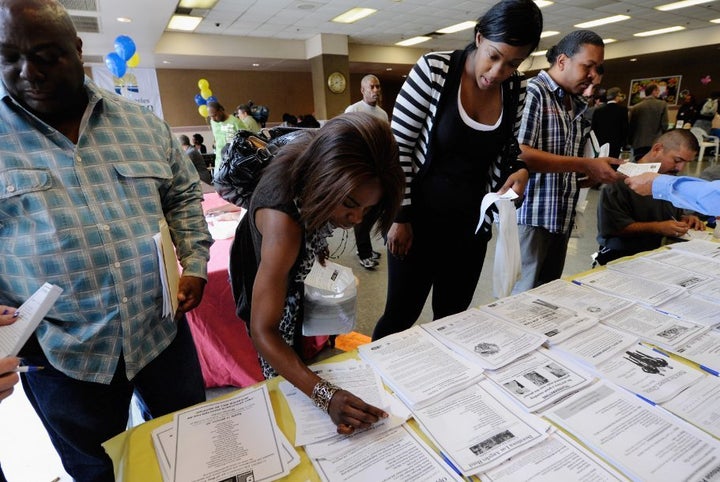
We will issue a series of posts in the coming days that will look back at some of the major programs that helped struggling families during the year -- their goals, impact and issues facing policymakers in 2012. Today, we'll begin by setting the context.
For America's low and moderate-income families, 2011 was another very bad year, as the Great Recession of 2007-2009 continued to have a large and lingering impact. Unemployment and long-term unemployment remained very high, as did the percentage Americans without health insurance.
- Without government assistance programs, the poverty rate would have been nearly twice as high in 2010: An estimated 28.6 percent, compared with the actual figure of 15.5 percent, based on a measure of poverty that includes the impact of programs like food stamps and housing assistance and tax credits (including the Earned Income Tax Credit). If the safety net hadn't existed, another 40 million people would have been poor.
- Just one part of the safety net -- six temporary federal initiatives enacted in 2009 and 2010 to bolster the economy by lifting consumers' incomes and purchases -- kept an estimated 7 million people out of poverty in 2010.
- The number of young adults with private health coverage has risen by roughly 2.5 million since an Affordable Care Act provision took effect last year requiring insurance companies to allow young adults to stay on their parents' insurance plans through age 26.
- Up to 2 million more people are employed in the fourth quarter of 2011 because of the 2009 Recovery Act, according to the Congressional Budget Office. The law's impact on employment peaked in the third quarter of 2010, when as many as 3.6 million people owed their jobs to the Recovery Act; large parts of that Act have since expired.
All major deficit-reduction agreements of the past 25 years have reflected the principle that deficit reduction should not increase poverty or inequality. Upholding that bipartisan principle should be a top New Year's resolution for policymakers in 2012.
